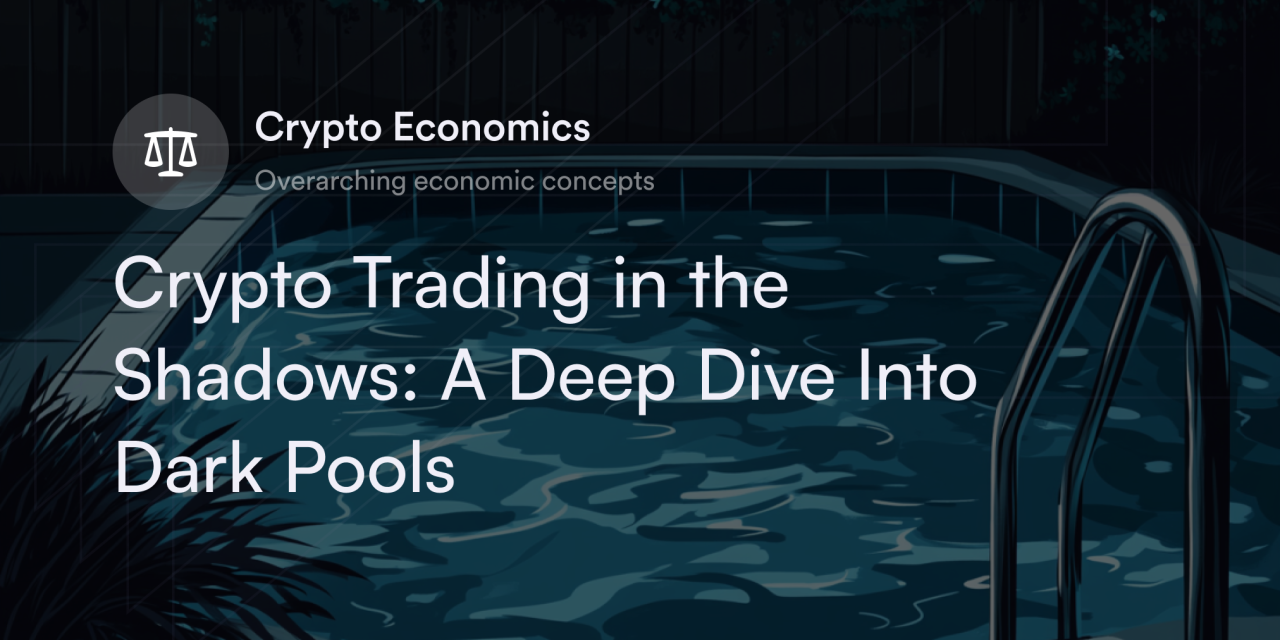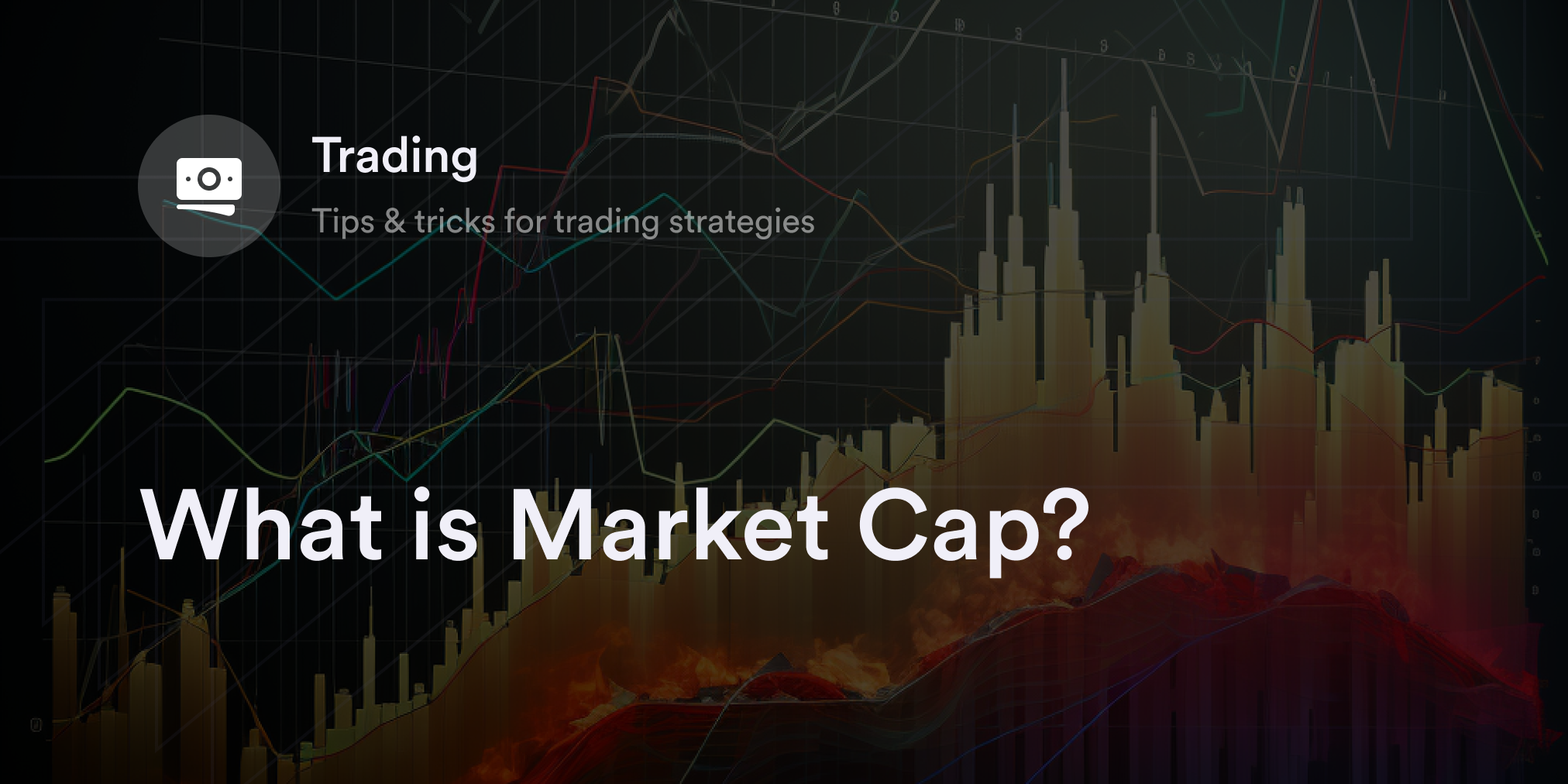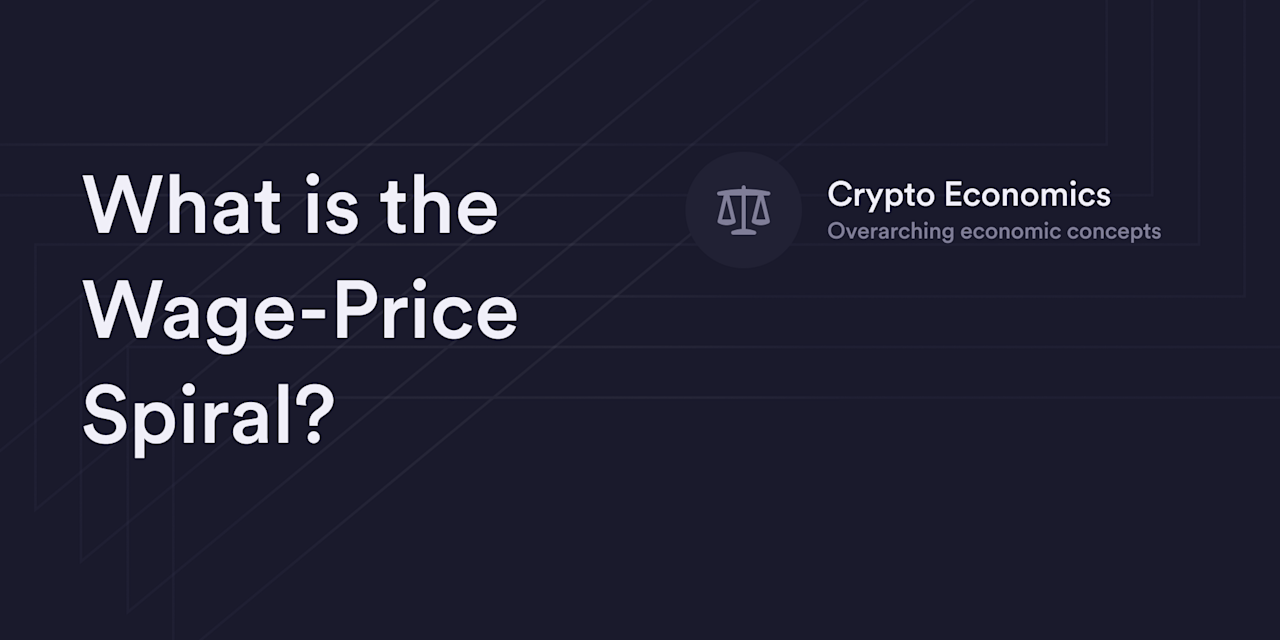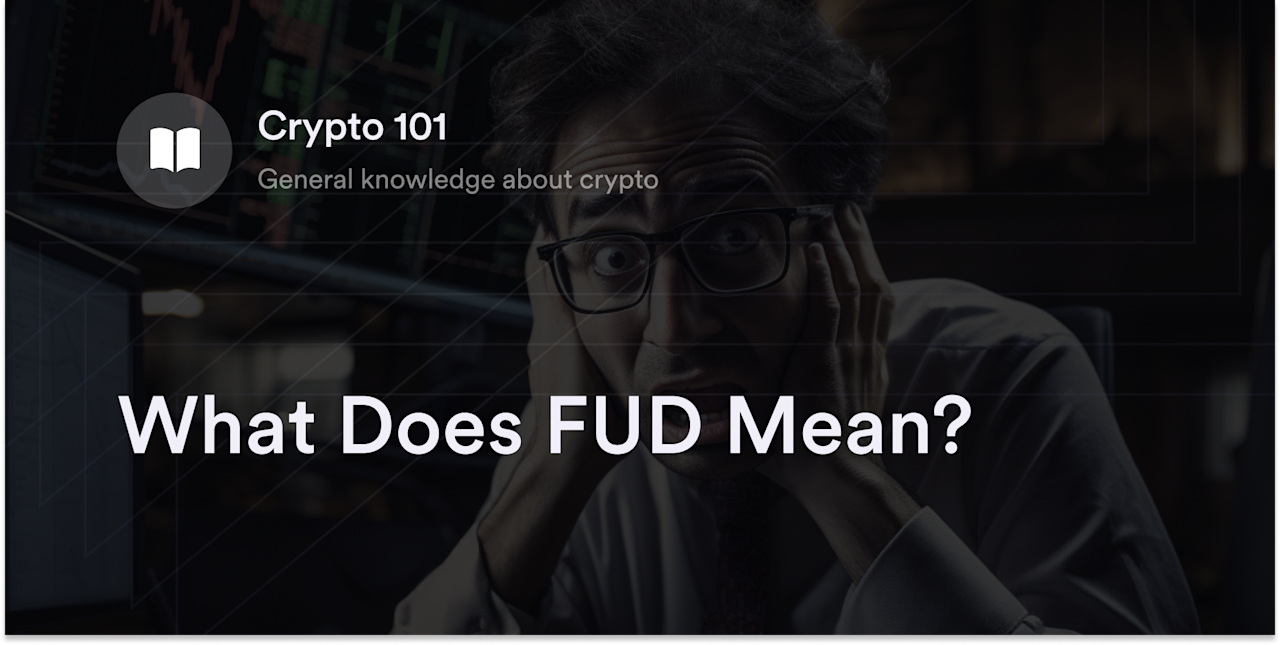


There’s no way for crypto traders to hide transaction details on public payment ledgers like Bitcoin (BTC) or Ethereum (ETH). Whether traders send their crypto to a centralized exchange (CEX), store coins in a private wallet, or engage with decentralized finance (DeFi), all transfer data is instantly published on a blockchain’s immutable payment history.
Transparency is built into permissionless, open-source blockchains, but some traders want sneaky ways to take their transaction data off-chain. Crypto dark pools offer closed-door trading platforms for traders who prioritize their privacy.
While dark pools are legitimate ways to transfer cryptocurrencies, they aren’t open to every crypto trader. In this guide, we’ll explore dark pools, how they work, and their potential implications on the crypto market.
What is a dark pool?
A dark pool trading platform is designed to handle large transactions from prescreened clients outside public markets and exchanges. The U.S. Securities and Exchange Commission (SEC) formally recognized this service as a viable Alternative Trading System (ATS) for exchanging securities in 1979 with the passage of reg 19c3. Although each dark pool for stocks has different methods for quoting an average pool stock price and matching buyers with sellers, their primary purpose is the same: Executing large transfers (aka block trades) between approved institutional clients.
The most widely used dark pools focus on equity trading (e.g., Liquidnet, UBS ATS, and Sigma X), but this service also exists in other asset markets, including cryptocurrency. The key difference between a crypto dark pool and a stock dark pool is that the former focuses on transferring large quantities of digital assets like Bitcoin rather than company shares.
Why do dark pools exist?
Dark pools provide institutions and traders holding large positions (aka whales) a platform to place discreet orders without causing supply shocks in the public market. If the transactions on dark pools took place on a regular exchange, their large size has a greater chance of triggering volatile price movements and wider spreads between the actual and expected price for an asset (aka price slippage).
Since all the trades on dark pools take place off a public exchange’s order books, there’s minimal risk of a transaction significantly impacting an asset’s market price. Traders in a dark pool enjoy enhanced privacy and greater control when setting up the terms for their trades, which helps them swap assets at their desired price without these transfers directly impacting the liquidity and volumes on public exchanges.
Let’s take a look at an example.
Suppose a trader wants to sell a significant amount of Bitcoin without causing the price to drop due to the large sell order. In a crypto dark pool, their order would be matched with buy orders within the dark pool, executed at an agreed price, and the transaction’s details would only be disclosed after the fact, if at all, thus preserving anonymity and reducing market impact.
How do dark pools work in crypto?
Crypto dark pools work similarly to anonymized trading platforms for other asset categories, except traders involved in these platforms deal with significant quantities of virtual assets. Typically, dark pools only allow accredited traders or institutions onto their protocols and have high minimum transaction requirements for each qualifying client.
Institutions such as a CEX or professional cryptocurrency broker often serve as intermediaries in dark pool arrangements, helping traders securely find counterparties and transfer their assets at agreed-upon prices.
There are also decentralized dark pools that use blockchain technologies to provide an intermediary-free trading experience. Instead of relying on a counterparty to fulfill trade requests, decentralized dark pools use automated smart contracts to fulfill large order requests between interested parties. Traders using a decentralized dark pool link their self-custodial crypto wallet, similar to using a decentralized exchange (DEX) but with higher minimum requirements for trades.
Benefits and drawbacks of crypto dark pools
Due to their shady name and extreme secrecy, dark pools often have a negative connotation in crypto trading circles. Although the anonymized nature of crypto dark pools poses legitimate risks, these platforms bring a few positive features to the digital assets space.
Pros of crypto dark pools
Prevents major price fluctuations: Dark pools help absorb massive crypto transfers and avoid putting a significant supply strain on the public market. Rather than dumping digital assets on exchanges and contributing to increased price volatility, trading on dark pools allows whales to make significant trades without immediately impacting a cryptocurrency’s market price.
Avoids slippage: Since trades on dark pools take place off of a transparent order book, they also aren’t susceptible to fluctuations in the expected and actual prices on public exchanges. Transferring large token volumes on a dark pool won’t trigger intense price swings or slippage spikes as on a public exchange.
Greater privacy for traders: With the rise of on-chain analysis tools, more crypto traders and firms are carefully monitoring whale wallets to predict upcoming moves in the crypto market. If whales want to avoid this constant surveillance, dark pools offer an anonymous atmosphere to conduct large off-the-record trades.
Opportunity to negotiate prices: Most dark pools use the real-time market price for cryptocurrencies as a guide for fulfilling trades, but there’s greater room for negotiation on these platforms. Traders have the flexibility to set their preferred price for a block trade and wait for a suitable counterparty to take the other side of the transaction.
Cons of crypto dark pools
Lack of transparency: The secrecy of dark pools is attractive for traders, but it breeds suspicion in the broader crypto market. Since there’s zero visibility into the transactions on these pools, excluded traders often express concerns about market integrity and fairness.
Potential cover for market manipulation: Some traders critique the confidential nature of dark pool data because these platforms provide a possible cover for unfair or illicit activities. It’s unknown how many whales use dark pools to hide activities such as front-running or high-frequency trading (HFT), giving them a significant edge in the crypto market.
Inaccurate market prices: Dark pools distort natural price discovery in the crypto market since they hide significant transaction details from the public eye. Without information on considerable buy or sell orders in the crypto market, getting an accurate view of current blockchain activity, market sentiment, and the supply and demand dynamics for a cryptocurrency is challenging.
Enjoy deep liquidity and transparency on dYdX Chain
For a safe and intermediary-free derivatives trading experience, dYdX Chain is the ultimate perpetuals protocol for eligible traders. Built in the Cosmos ecosystem, our proprietary blockchain offers eligible traders instant access to dozens of crypto perpetuals, advanced order types, and seamless interoperability with other chains on the Cosmos IBC. Find out what dYdX Chain offers eligible traders and how it works on our official blog.
Eligible traders looking for more details on blockchain technology and crypto trading tactics can check out dYdX Academy. Our in-house education hub houses dozens of guides on web3 topics like metaverse, soulbound tokens, and MetaMask.
Start trading on dYdX today.
Disclosures
The content of this article (the “Article”) is provided for general informational purposes only. Reference to any specific strategy, technique, product, service, or entity does not constitute an endorsement or recommendation by dYdX Trading Inc., or any affiliate, agent, or representative thereof (“dYdX”). Use of strategies, techniques, products or services referenced in this Article may involve material risks, including the risk of financial losses arising from the volatility, operational loss, or nonconsensual liquidation of digital assets. The content of this Article does not constitute, and should not be considered, construed, or relied upon as, financial advice, legal advice, tax advice, investment advice, or advice of any other nature; and the content of this Article is not an offer, solicitation or call to action to make any investment, or purchase any crypto asset, of any kind. dYdX makes no representation, assurance or guarantee as to the accuracy, completeness, timeliness, suitability, or validity of any information in this Article or any third-party website that may be linked to it. You are solely responsible for conducting independent research, performing due diligence, and/or seeking advice from a professional advisor prior to taking any financial, tax, legal, or investment action.
You may only use the dYdX Services in compliance with the dYdX Terms of Use available here, including the geographic restrictions therein.
Any applicable sponsorship in connection with this Article will be disclosed, and any reference to a sponsor in this Article is for disclosure purposes, or informational in nature, and in any event is not a call to action to make an investment, acquire a service or product, or purchase crypto assets. This Article does not offer the purchase or sale of any financial instruments or related services.
By accessing this Article and taking any action in connection with the information contained in this Article, you agree that dYdX is not responsible, directly or indirectly, for any errors, omissions, or delays related to this Article, or any damage, injury, or loss incurred in connection with use of or reliance on the content of this Article, including any specific strategy, technique, product, service, or entity that may be referenced in the Article.







